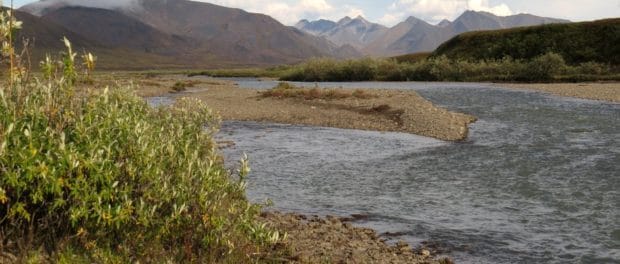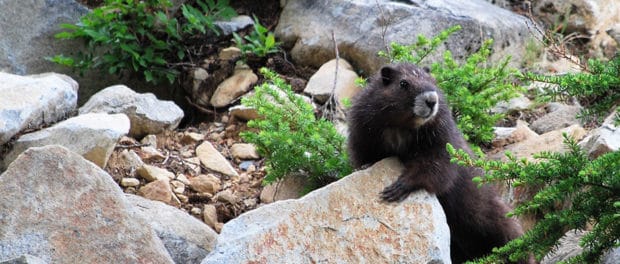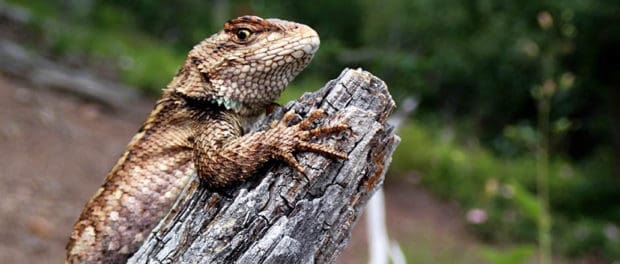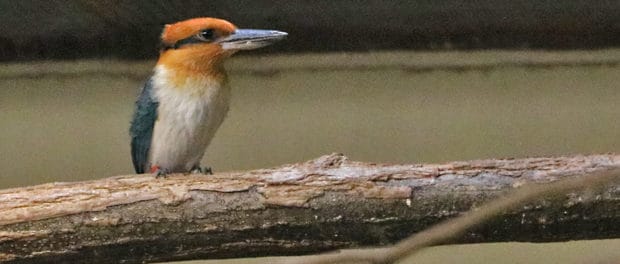
In the shadowy depths of the Pacific Ocean off Hawaii, a shark battled what may have been a giant squid—and lived to tell scientists about it.
The tentacles of the massive cephalopod left golf ball-size suction marks on the skin of the shark, a seven-foot oceanic whitetip.
This is the first scientific evidence ever found of a shark interacting with a giant squid or any other similarly large species of squid, which live at depths of more than a thousand feet, researchers say in a new study.









